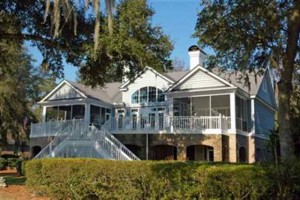Another great article today by CNBC Real Estate Reporter Diana Olick! Below are exerpts from the article, and some pictures of some of the Higher-End homes at DeBordieu.
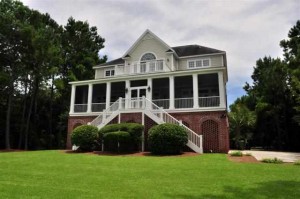
For information about DeBordieu, the private, ocean front, golf community just north of Charleston, SC, contact Troi Kaz, 843-455-4523,
Sales of existing homes beat expectations in November, with Realtors reporting a surprisingly modest effect in the Northeast from Superstorm Sandy.
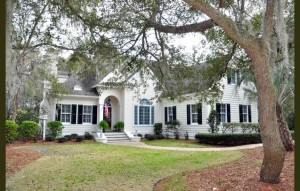
An even bigger surprise was a huge gain in activity among higher-end homes. Sales of homes priced above $750,000 jumped 50 percent from a year ago, as sales of the lowest-end homes (largely distressed) fell 4 percent, according to the National Association of Realtors.
The change in the mix of homes selling pushed the median home price nationally (median defined as half selling higher and half selling lower) to $180,600, a 10.1 percent increase from November of 2011. This is a far higher jump than other so-called “repeat” sales indices have shown, because a median measure does not compare the sale prices of homes selling now to similar homes selling a year ago, but the median of all sale prices nationally, which is skewed to which types of homes are selling. Still, the shift to more activity in higher price ranges is important.
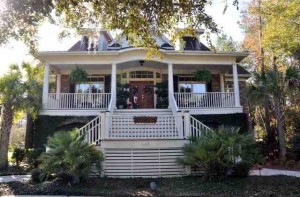
“An increase in the median price has a direct effect on the economy and economic growth,” noted the Realtors’ chief economist Lawrence Yun. That is because more income is generated in the sale of a higher-priced homes. Realtors get larger commissions, mortgage lenders charge higher fees, interest payments on mortgages are higher; even secondary expenditures like lawn care and home improvements are higher on a higher-priced home, either due to its size or the income and spending ability of its buyer.
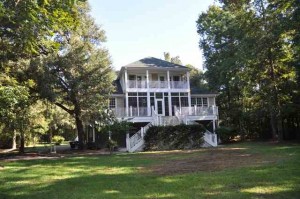
The shift in the mix is due to more owner-occupants buying move up homes, and fewer investors buying distressed properties. Some claim wealthier buyers are selling fast now so they don’t get hit with higher capital gain taxes, a possible result of so-called “fiscal cliff” negotiations, but the likely driver of these sales is more simple: Improvement in the overall housing market, the economy and consumer sentiment.
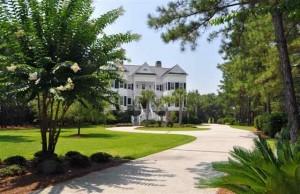
“While there’s still a risk that the fiscal cliff will derail the housing recovery, the balance between supply and demand suggests that, if anything, the risks around our forecast of a 5 percent increase in house prices next year are on the upside,” notes Paul Diggle of Capital Economics.
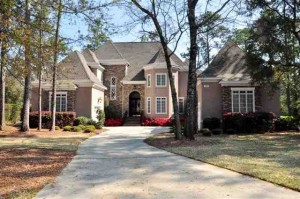
The shift in the sales mix is also largely due to a drop in the number of distressed homes for sale. Foreclosures and short sales made up just 22 percent of home sales in November, according to the Realtors, the lowest share in five years. Much of that is due to a lack of supply on the distressed side, as investors continue to compete for these properties to take advantage of the still-lucrative rental market.
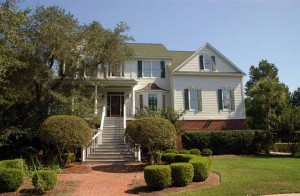
“With the homebuyer affordability index near multi-decade highs combined with decent job creation at the same time renting has gotten more expensive — all lead to a continued improvement in sales,” writes Peter Boockvar of Miller Tabak. “This said, sales are still 30 percent below the bubble highs and are still where they
were in 1998, b0th pointing to the degree of possible improvement ahead but also evidence of the damage that was done where historically the pace of recovery takes time.”—By CNBC’s Diana Olick; Follow her on Twitter @Diana_Olick or on Facebook at facebook.com/DianaOlickCNBC
To read the entire article, Click Here.
